

Understanding and Breaking Down Solar Panel Costs in Australia
As electricity prices soar across Australia, more homeowners are turning to solar energy to reduce their bills and minimise their environmental impact. But before making the switch, it's important to understand the full cost of solar panel installation. In this guide, we’ll help you navigate the costs of installing solar across Australia, including what's included in the price, the factors that affect the cost, and the payback period to determine if it's the right investment for you. By the end of this article, you'll have a clear picture of what to expect when considering solar for your home.
Other Helpful Articles:
Average Cost of Solar Panels in Australia
The cost of solar panels depends on various factors, such as system size, brand, and installation location. Below is a breakdown of the average costs for different solar system sizes:
| System Size | Average Cost (After STCs) | Estimated Daily Output | Payback Period |
|---|---|---|---|
| 5kW | |||
| 6kW | |||
| 10kW | |||
| 12kW |
(Note: Prices can vary by location, installer, and system quality.)
Key Factors Affecting Solar Panel Prices

System Size
Larger systems tend to have a higher upfront cost but offer more significant long-term savings. A 10kW system is popular among Australian households, as it offers a good balance between cost and energy output.

Quality & Brand
The quality and brand of solar panels and inverters significantly impact pricing. Premium brands like SunPower, REC, and LG offer high efficiency, longer warranties (25+ years), and superior performance, but they come at a higher price. Budget panels may have a lower upfront price but often come with shorter warranties and reduced efficiency over time.

Location & Installation Complexity
Labour costs and installation challenges vary by region. States like NSW, VIC, QLD, and WA generally have lower labour costs, while SA, NT, and TAS may experience higher installation expenses due to fewer installers and stricter local regulations. Factors like roof type (tile vs. metal), shading, and accessibility can also affect installation costs.

Government Incentives & Rebates
The Small-scale Renewable Energy Scheme (SRES) helps reduce upfront costs, with larger systems qualifying for larger rebates. These rebates will decrease until the scheme ends in 2030, so taking advantage of them sooner is advisable. Some states and councils offer additional incentives, such as rebates or interest-free loans.

Finance Options
Solar Green Loans: Solar green loans are personal loans with lower interest rates than traditional loans, designed to finance solar systems. These loans cover the full cost of installation and upgrades, with longer repayment periods to make payments more manageable.
Interest-Free Payment Plans: Interest-free plans allow you to spread payments up to 10 years. However, fees associated with the plan may increase the overall cost of the system. For instance, a $10,000 system could cost around $12,000 when financed interest-free due to associated fees.
Breakdown of Solar System Costs

Solar Panels & Inverter
The cost of a solar system is largely influenced by the brand, quality, and efficiency of the panels and inverter. Tier 1 panels offer superior performance and longevity, while premium inverters enhance energy yield and reliability over time.
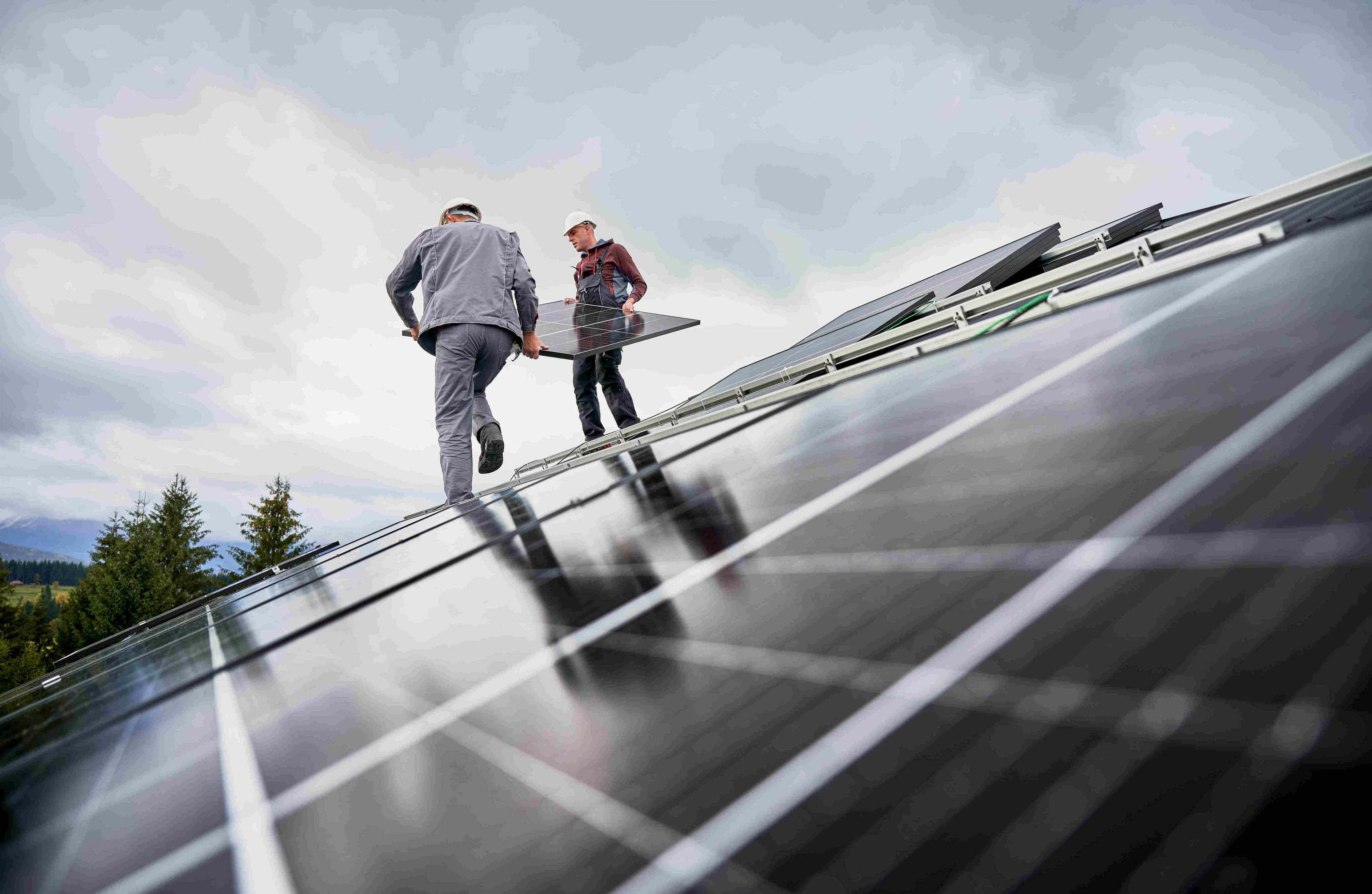
Installation & Compliance
Network Pre-Approval, SAA-Accreditation, installation, and labour should all be included in the costs. They cover obtaining necessary pre-approvals from local utilities, ensuring compliance with Australian Standards, and the installation process itself, including labour costs that can differ by location and system complexity.
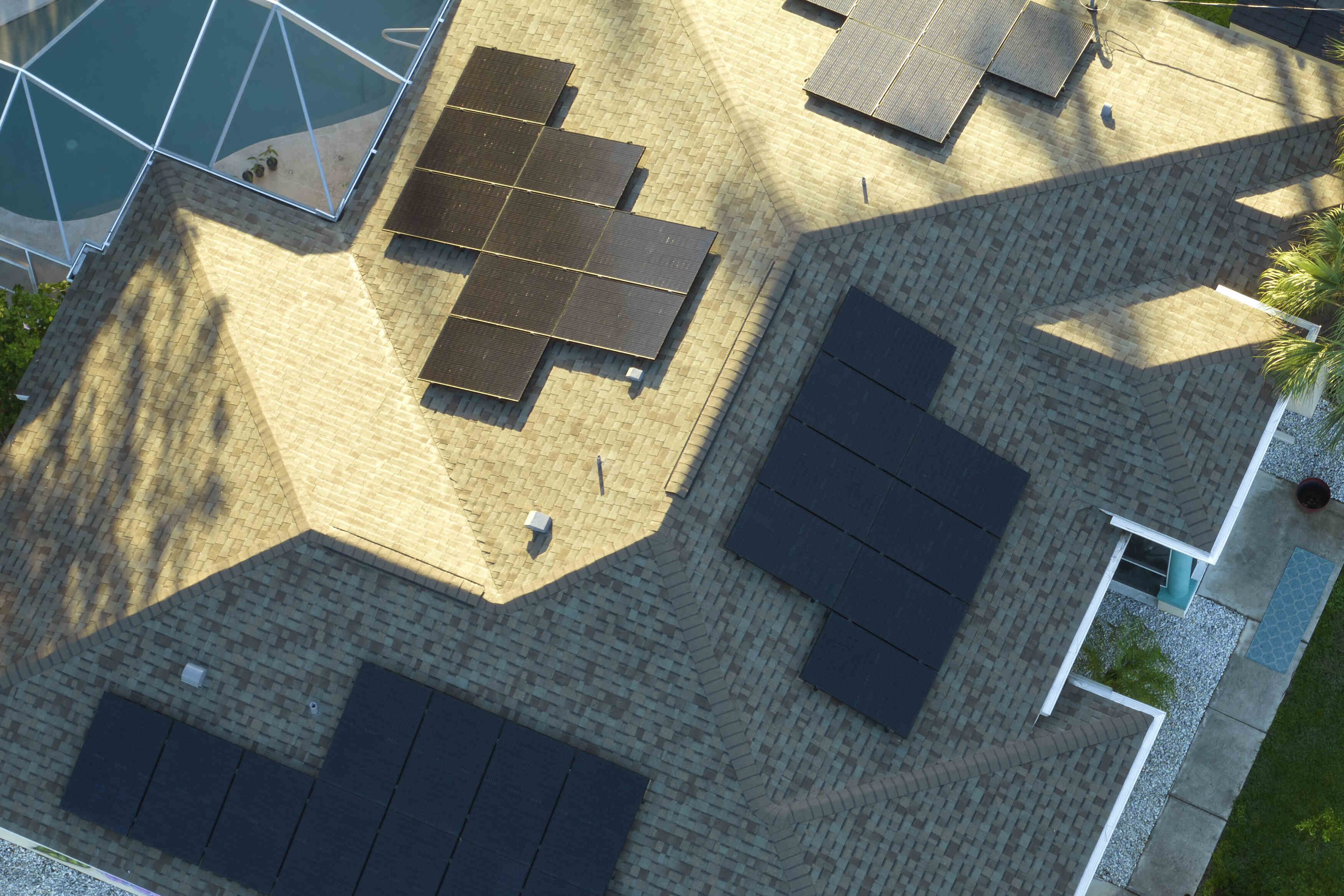
Shade Analysis & System Design
A professional shade analysis ensures that your panels receive optimal sunlight, impacting overall system efficiency. The design of your system is tailored accordingly, influencing both energy production and costs.

Smart Meter
A smart meter helps track energy production and consumption in real time, potentially unlocking export credits or additional incentives. This cost is typically added to the overall system price.

Back-to-Base Monitoring
Real-time system monitoring helps ensure optimal performance and alerts you to issues as they arise. While this comes with an ongoing fee, it provides peace of mind regarding system efficiency.

Product & Performance Warranties
Solar systems typically come with both product and performance warranties, which cover defects and ensure energy output. A longer warranty period may add to the cost but provides greater long-term value.
Additional Costs You Can Expect

Double-Storey Homes
Installing solar panels on double-storey homes can be more complex and labor-intensive, leading to higher labour costs due to the increased height and safety measures required.

Roof Tile Installations
Roofs with terracotta or concrete tiles require extra care during installation, adding to the cost due to the need to prevent damage to the tiles.

Tilting Panels
If tilting panels is necessary to optimise sun exposure, extra labour and equipment are needed, increasing installation costs.

Removal of Old Panels
Replacing an old solar system incurs costs for removing the old panels, disposal fees, and potentially reconfiguring the new system.

Solar Panel Cleaning & Maintenance
Ongoing cleaning and maintenance are important to keep your system running efficiently, especially in dust-prone areas. While cleaning isn't always included in installation, it’s an additional cost for maintaining performance. Periodic maintenance may also be required to ensure all components are functioning optimally.

Pigeon Proofing
If pigeons are a concern in your area, installing barriers or netting around the panels can help prevent damage, adding to the installation cost.

Understanding Energy Usage
Your electricity usage varies throughout the year, with winter and summer typically being the highest due to heating and cooling demands. Reviewing your electricity bills will help you understand your daily and monthly energy consumption, ensuring your solar system is designed to meet your needs across all seasons.

Factors That Impact System Size
Several factors influence the ideal system size, including:
Household Size & Lifestyle – More occupants generally mean higher energy consumption.
Appliance Usage – Energy-intensive appliances like air conditioning, pool pumps, or electric heating can significantly impact demand.
Future Energy Needs – If you plan to add an electric vehicle, battery storage, or a heating/cooling system, it’s worth considering a larger system to accommodate these additions.

Grid-Connected vs. Off-Grid vs. Hybrid Systems
Choosing the right system type will depend on your energy needs and whether you want to remain connected to the grid.
Grid-Connected System: Tied to the electricity grid, these systems allow you to sell excess energy back to the grid while drawing power when solar generation is low.
Off-Grid System: These systems are fully independent and rely on battery storage to provide power 24/7, ideal for remote areas or those who prefer complete energy independence.
Hybrid System: A combination of solar panels, battery storage, and grid connection offers both flexibility and backup in case of outages.
Regulatory and Approval Process
Navigating local regulations is essential to ensure your solar installation is safe, compliant, and eligible for incentives. Fortunately, your chosen installer can handle most of these requirements for you.
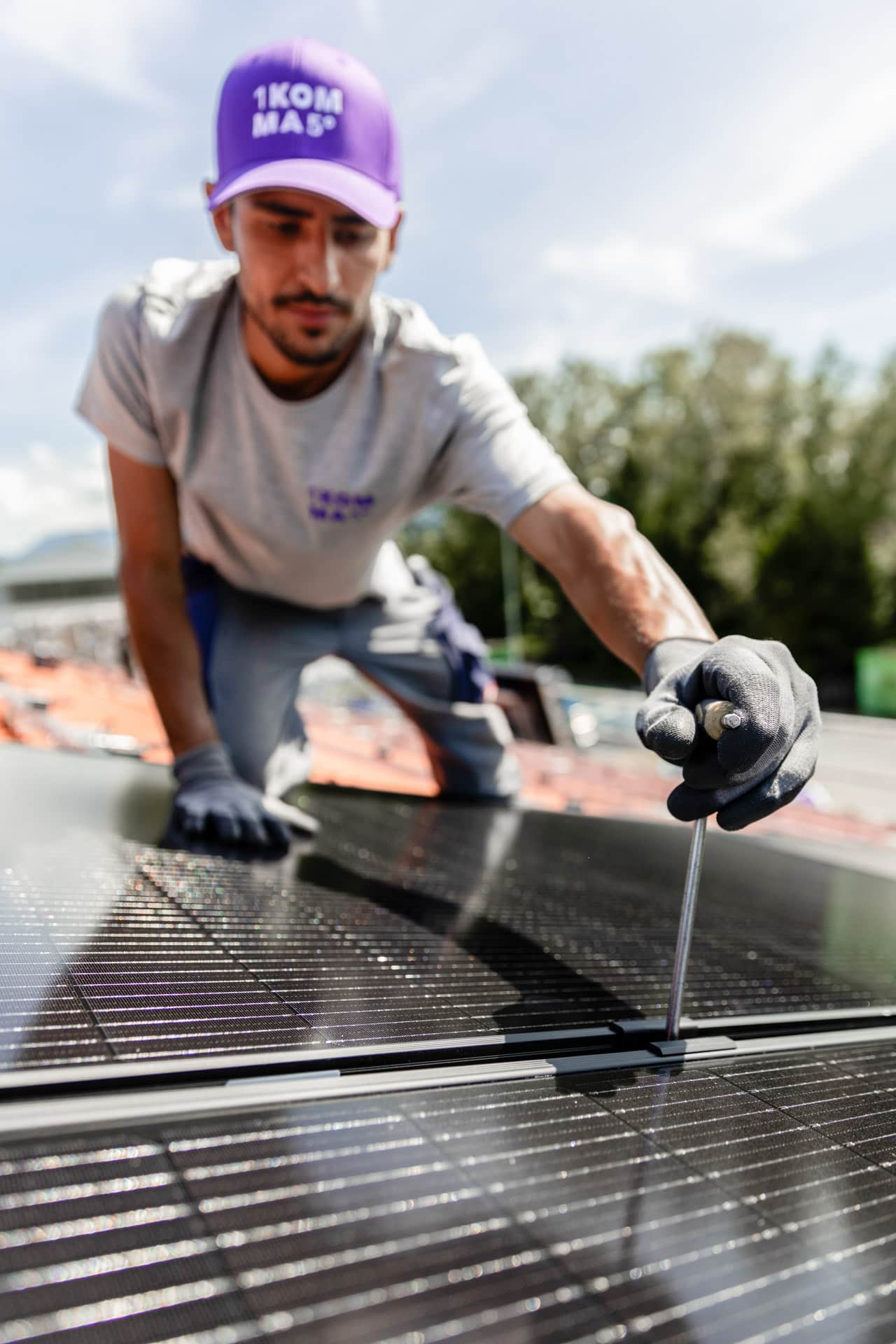
Local Council and Network Approvals
Many councils and electricity networks have specific requirements for solar panel installations, such as system size limits, grid connection rules, and zoning restrictions. A reputable installer will manage these approvals on your behalf, ensuring compliance and a smooth installation process.
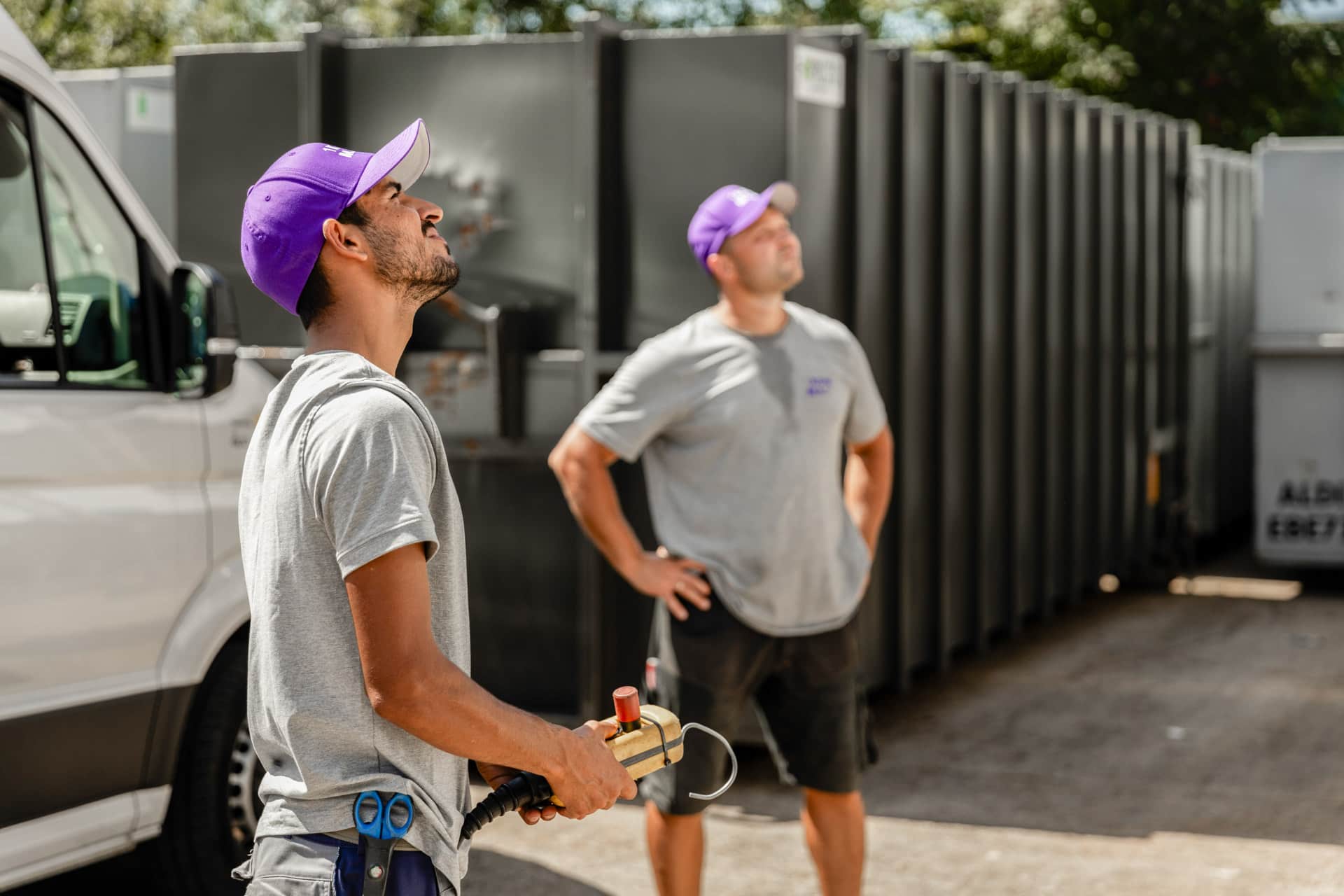
Clean Energy Council (CEC) Guidelines
To guarantee a high-quality and compliant installation, choose a Clean Energy Council (CEC) accredited installer. They will follow industry best practices and ensure your system meets the standards required for government rebates and incentives.
The Solar Panel Installation Process

Site Assessment and Planning
Before installation, your installer will assess whether your home is suitable for solar by requesting a recent electricity bill to understand your energy usage. They will also ask for photos of your meter box, roof, inverter location, and other key areas to evaluate system compatibility. Additionally, they will confirm property access to ensure a smooth installation day.
For more complex situations, an in-home visit may be necessary. This allows the installer to personally assess your roof’s condition, identify potential shading issues, and inspect your electrical setup. This step ensures that your system is designed for maximum efficiency and tailored to your specific needs.
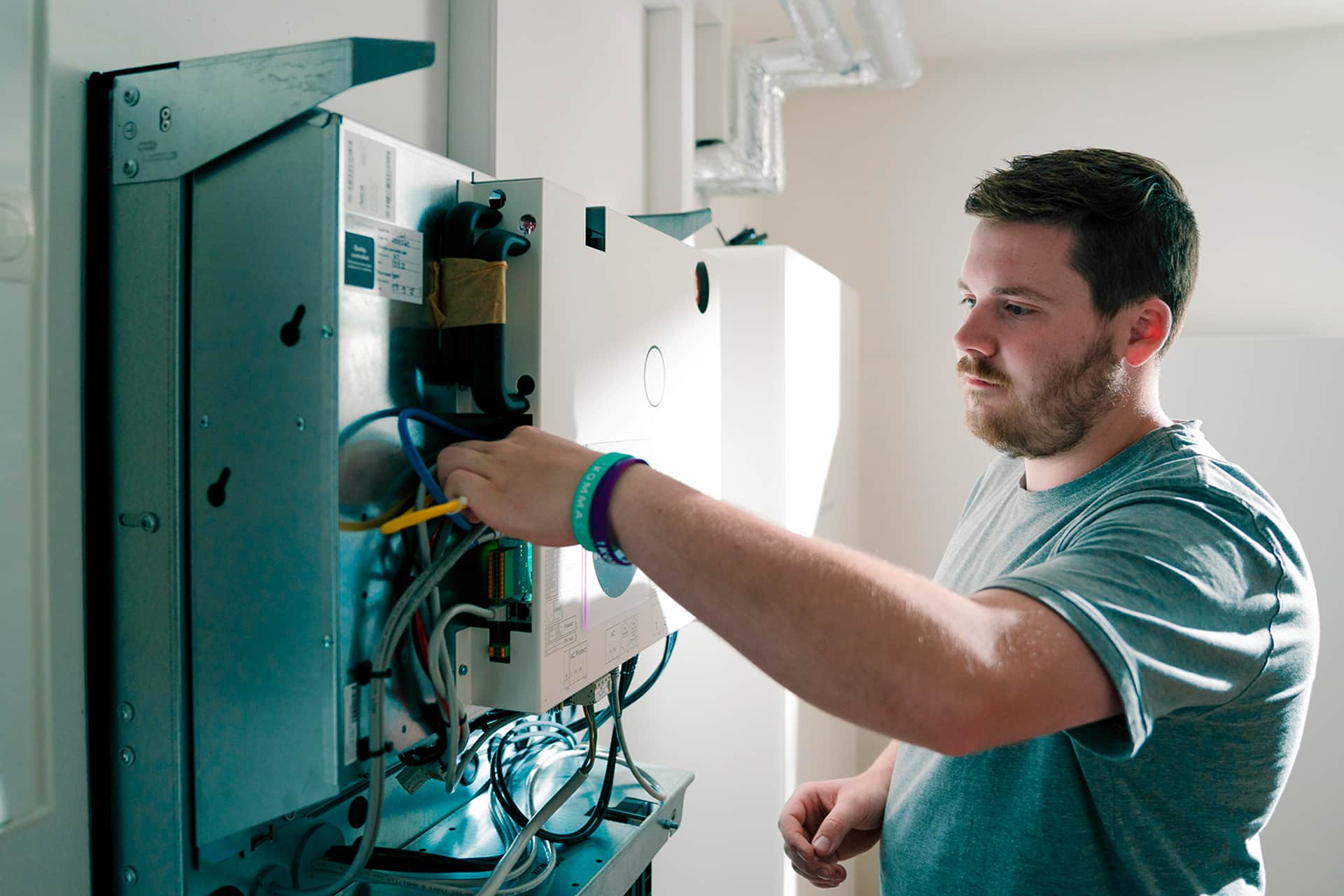
System Design and Engineering
Your solar installer will create a customized system based on your home’s layout, energy consumption, and the photos you initially provided. These photos will help them plan the optimal placement of your panels and inverter, ensuring that energy production, safety, and accessibility for future maintenance are all considered.

Approvals and Permits
Your installer will handle all necessary paperwork, including applications for grid connection and council permits, ensuring your system meets regulatory requirements.

Installation Day
Once all approvals are secured, the installation process begins. The first step is mounting the racking system, which is securely attached to your roof to provide a stable foundation for the solar panels. Next, the solar panels are installed, fastened at the optimal angle to efficiently capture sunlight. Following this, the wiring and electrical setup is carried out, with DC wiring connecting the panels to the inverter, and AC wiring linking the inverter to your home’s electrical switchboard. Finally, the system undergoes thorough testing and commissioning to ensure it operates safely and efficiently before being switched on.
Post-Installation Steps

Inspection and Compliance Check
An accredited professional will inspect your system to ensure it meets Australian safety standards and regulations.

Grid Connection Activation
Your energy retailer will finalize the grid connection and activate the system for daily use.

Solar Monitoring
Track your system’s energy production and ensure it’s performing at its best. This helps identify any issues early on.
Many homeowners are putting off solar panel installation simply because the process seems overwhelming. However, by avoiding this step, they’re missing out on significant savings and the long-term benefits of clean energy. While the thought of navigating roof assessments, system design, and regulatory approvals can be daunting, leaving solar on the sidelines means continuing to pay high electricity bills unnecessarily.
The good news is that working with an experienced installer can simplify the process, ensuring that everything from permits to app setup is handled seamlessly. With the right support, your solar system can be up and running in no time, providing you with energy independence and substantial financial savings. Don’t let the complexities of solar hold you back—now is the perfect time to start enjoying the benefits of clean, cost-efficient energy.
Need Help Deciding on the Right Solar Solution?
Your journey toward sustainable living can be daunting, but you don’t have to navigate it alone. Our solar experts are ready to answer your questions and simplify the process of selecting the best solar solution for your home. Contact 1KOMMA5° today for a personalised quote.

1KOMMA5° Blog
Need more information?
Head over to the 1KOMMA5° blog for more helpful tips and other important guides on everything solar, from inverters, panels and batteries to how to make the most of your investment for years to come.
Frequently Asked Questions about Installing Solar Power
Are there any rebates available?
There are great government rebates/incentives still in place for eligible households. Basically, the larger the panel array, the more STCs your solar system generates as it is based on the expected output of the system over time.
When you buy a solar system, the purchase price is normally reduced by the value of the STCs created by your system. You simply fill out a form on the day of installation to confirm that the system has been installed, and that’s it. There is no additional paperwork that you need to do.
Small-scale Technology Certificates (STCs)
Small-scale Technology Certificates (STC’s) – previously known as Renewable Energy Certificates or RECS – are created when a Renewable Energy System such as a Solar PV system is installed.
The number of STC’s depends on the predicted amount of energy generated and hence the larger the system the greater the rebate. In essence, one STC is created for every megawatt-hour of production capacity of the system.
This is further multiplied by the number of years the system is likely to generate energy (for home solar systems, this is usually 15 years, although the life of the solar panels themselves is considerably more than that).
This incentive program is being phased out until 2030, so each year the number of certificates your system is eligible for reduces.
STC Price
The system for trading and pricing STCs for small systems is managed by the Small-scale Renewable Energy Scheme (SRES).
STCs are bought by Liable Parties (usually electricity retailers) and must be surrendered at the end of each quarter. As the number of STCs that are required to be surrendered is a fixed amount each year, but the number of STCs created is variable, the price paid for STCs also varies and is determined by supply and demand.
The Federal Government legislated in 2010 a fixed price for STCs by implementing a Clearing House system where STCs can be bought and sold for $40. However, there is no requirement for Liable Parties to purchase from the Clearing House, so they are likely to only do so if there is a shortage of STCs or the market price exceeds $40. There is currently a surplus of STCs in the market which means the market price of STC’s below $40
How does the feed-in tariff work?
The Feed In Tariff is only something you need to worry about if you don’t have battery storage.
The price your chosen energy retailer pays for any excess electricity generated from your solar panels is recorded as a credit on your power bill.
In NSW, solar power is fed into your home as it is generated and your household will use it first before you draw power from the grid.
This means that for every kWh of solar power used in the home you are directly saving money you’d spend on your power bill. This reduction in your power bill is the main financial benefit of solar power.
Everything else will be bought up at an agreed rate by your electricity retailer.
At the moment, most feed-in tariffs are between 5 and 10 cents per kWh, with many being about 7 cents. They bounce up and down a lot, for example in previous years they have been up over 20 cents per kWh. Typically, they are always at least 5 cents per kWh.
What happens once I sign the paperwork?
Once you sign up for a 1KOMMA5° Installation, we immediately submit your grid application to the relevant energy distributor. For systems up to 5kWs, this is a formality. For larger systems it can take a few days or more. Once we receive approval, your installation will be managed by our installation coordinator, who will welcome you to 1KOMMA5° and book an installation date for you. This is generally booked within around two weeks and installation dates are available Monday to Friday, weather permitting.
We endeavour to have your system installed within 2-4 weeks unless you request us to hold for whatever reason. Due to our strict safety policy, we do not install solar systems when it rains. In the event of inclement weather, we will rebook your installation as soon as possible. We always work with your requests as we strongly recommend that someone be home on the day of installation.
Do you offer finance?
Green Loans can be an affordable way to pay for your solar power system and is only available for approved products. As a Clean Energy Council Accredited installer, all our systems qualify.
Green Loans can be used to finance 1KOMMA5° systems from $1,000 to $30,000 over a 2-7 year term. Once you have received a referral from 1KOMMA5°, online approval usually occurs within 1-2 business days. Green Loans have a competitive fixed interest rate that is as low as 7.99% p.a.* | Comparison rate 9.21% p.a.^ Establishment fee of $299 added to the loan amount. $2.70 per week account keeping fee included in repayments.
To be eligible to apply you must:
Be over 18 years old and an Australian resident or citizen
Own or be purchasing a home
Be employed, self-employed, a self-funded retiree; or is receiving the Government Age Pension
Have an Australian driver’s license or Passport
Provide two most recent payslips or 90 days of bank statements
There are a number of good, competitive Green Loan providers – ask us about the options available.
More Helpful Articles:

1KOMMA5° Blog
Need more information?
Head over to the 1KOMMA5° blog for more helpful tips and other important guides on everything solar, from inverters, panels and batteries to how to make the most of your investment for years to come.